Do-or-die playoffs for the North American VCT Challengers One stage is right around the corner after five weeks of exciting VALORANT action in the group stage.
The round-robin saw both Cloud9 and Version1 notch perfect 5-0 records, while teams like The Guard, Sentinels, and OpTic put together impressive campaigns as well. All ten teams used different compositions, with every single agent getting at least one map of play time, including Yoru!
A few compositions stuck out on each map, so here’s a breakdown of the most popular VALORANT agent comps from the NA pro teams for each map, including what makes it so viable and how some of the top teams used it.
Ascent: Astra, Sova, Jett, Killjoy, KAY/O
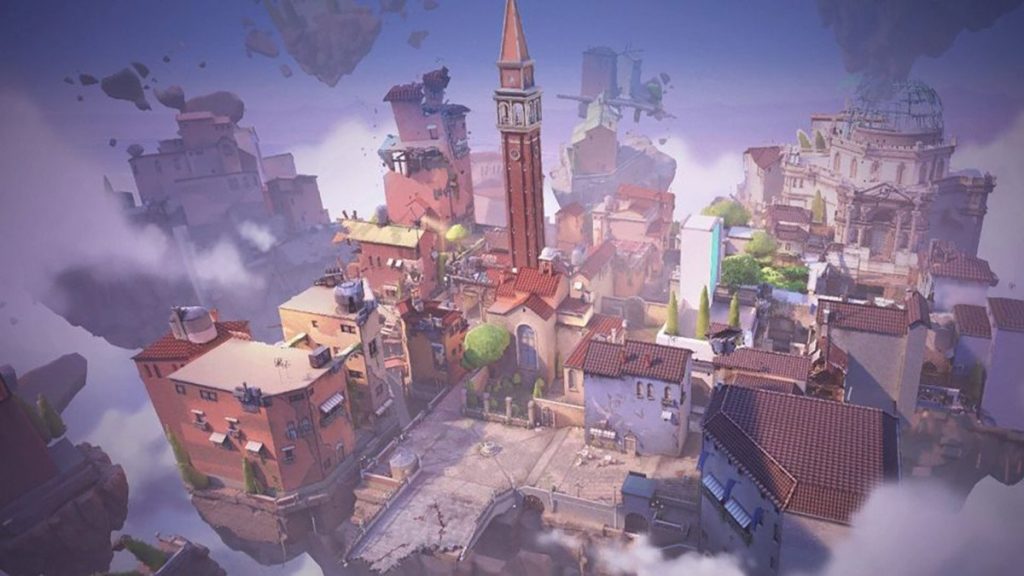
The trio of Astra, Jett, and Sova is one you’re going to see on a few other maps, but the combined popularity of all three agents was nowhere as popular as they were on Ascent. The three of them provide smoke/utility, entry prowess, and information. Alongside Killjoy and KAY/O, one of the composition’s biggest strengths is all the post-plant utility it provides between Killjoy’s swarms, KAY/O’s grenades, Astra’s vortex, and Sova’s shock darts and ultimate.
Version1 only dropped two maps across groups, and their most decisive loss came against OpTic using this composition on Ascent. On defense, OpTic would allow V1 mid control, but then sucker them into sites infested with Killjoy swarms and Astra stars, before using KAY/O and Sova’s utility to clear out sites during retakes. It took V1 ten rounds before they could even get on the scoreboard.
Haven: Astra, Jett, Sova, Skye, Killjoy
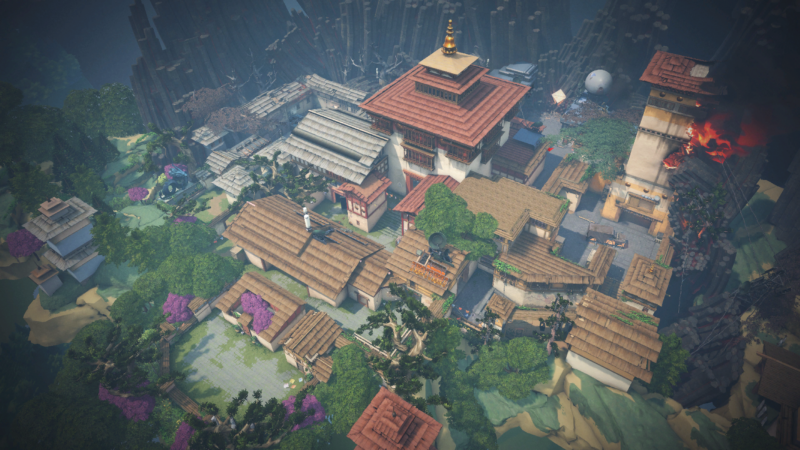
Similarly to Ascent, the trio of Astra, Jett, and Sova is the foundation of a Haven composition. Killjoy and Astra’s ability to place utility across the map is pivotal on the defensive side when there are three sites to defend. The three sites make Skye a more favorable option than KAY/O due to her ability kit being stronger when it comes to finding enemy locations.
The Guard used this composition on Haven four times during groups, finding victory all four times. Their most impressive showcase came against XSET, via stellar defenses of the A site with seemingly different focal points each round, whether it be Killjoy’s turrets, Skye’s flashes, or Sayaplayer getting an opening kill before dashing away on Jett. In their final round of the map, they used Killjoy’s ultimate to sell a fake at C, giving them full access to the B site to plant and secure their win.
Bind: Astra, Viper, Sova, Raze, Jett/Chamber/Skye

The go-to composition for Bind is double-controller instead of primarily double-initiator, however most teams are split between using Jett, Chamber, or Skye as their fifth. Raze is an interesting agent; one that is overwhelmingly popular on some maps but completely ignored on others. When it comes to deciding on a fifth, both Jett and Chamber provide more first blood potential, while Skye is ideal for providing more entry flashes and information gathering. Jett just slightly edged out the other two agents with 12 Bind appearances, compared to Chamber’s 11 and Skye’s eight.
Sentinels went with the Jett-anchored version of this composition in all four matches played on Bind, winning three of them with their superstar TenZ on his go-to duelist. The plan was simple; make TenZ first point of contact. He delivered, going 15-for-18 on opening duels. Sova’s utility provided TenZ with the most support, with ShahZaM averaging over 10 assists in each of their three Bind wins.
Fracture: Chamber, Viper, Astra, Breach, Raze
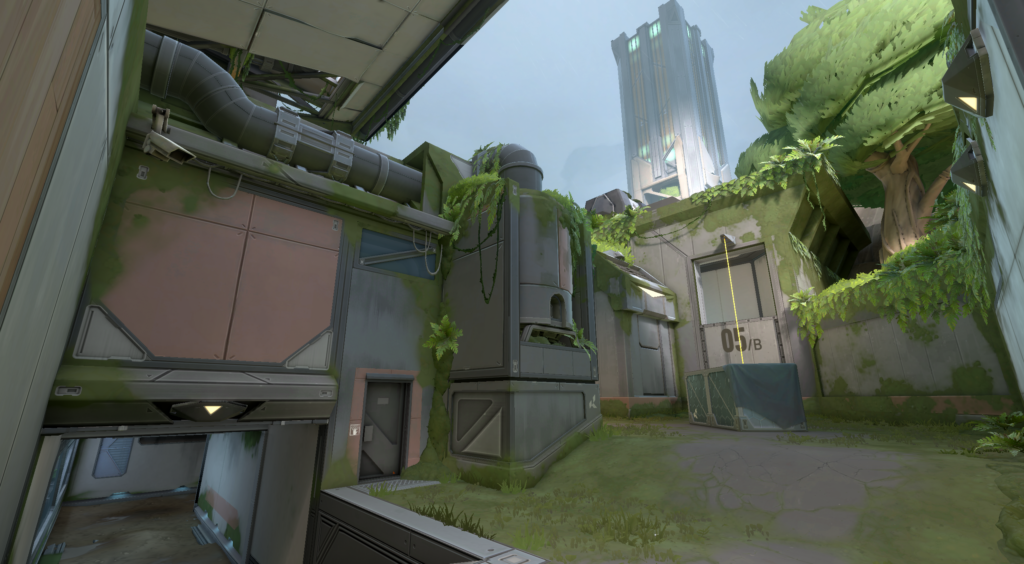
Pro teams are slowly warming up to them on other maps, but both Breach and Chamber are kings on Fracture. On typical maps, defenders have somewhere to fall back to from sites, but that’s not as easy on Fracture’s unique design, which makes Chamber’s Rendezvous ability all the more useful. Additionally, with the plant area on both sites smaller than on most maps, Breeze’s utility and his ultimate in particular become more valuable.
Despite 100T’s overall struggles, they found success twice in two tries with this lineup on Fracture. Hiko used Viper’s smokes to create opportunistic one-ways on defense, and placed toxic walls to provide coverage during B site takes on attack, even using it to sell fakes. Additionally, the Viper ultimate is a great tool for providing safety to your team if they’re hit by Breach’s ultimate, which is precisely what Hiko did in the map clinching round against Luminosity.
Breeze: Sova, Viper, Jett, KAY/O, Chamber
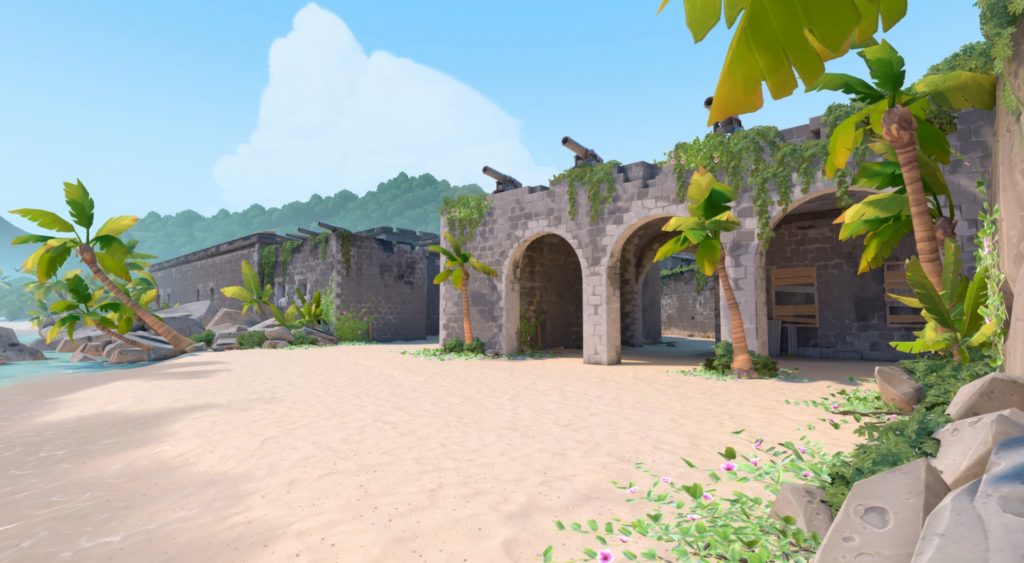
The long corridors and large sites of Breeze means a team needs a composition of agents that can shrink the area that needs to be covered, provide plenty of post-plant utility, and be mobile. Sova and KAY/O are prime choices for clearing out the many hiding spots on both sites, while providing shock darts and grenades useful in post-plants. Viper’s wall can cut off numerous long-range angles if properly placed, with both Jett and Chamber providing early kills and extra firepower.
Cloud9 crushed 100T with this composition when the two met in week one of Challengers One. The most useful utility usage came from Xeppaa on KAY/O, who notched 10 assists to go along with 22 kills of his own to produce a stellar 89.5% KAST rating (Kill, Assist, Survive, Trade).
Icebox: Sova, Viper, Sage, Jett, Chamber
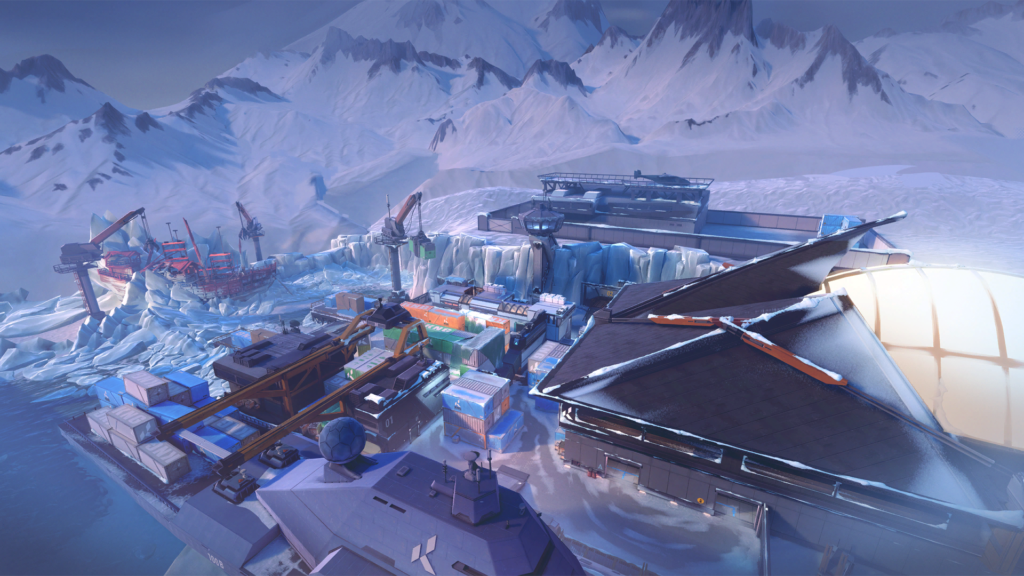
Sage may have been relegated to “niche pick” on other maps, but she’s still a foundation of most Icebox compositions, with 11 appearances out of 14 Icebox maps played. Her walls are super useful on both attack and defense, letting attack sides get plants down safely or allowing defenders to deny plants and give time to teammates to rotate.
Version1’s performance on Icebox secured the series win against OpTic despite the stomp they suffered on Ascent earlier. Their aggressive use of Sage and Viper’s utility defending B forced OpTic to head to A, where Jett and Sova could just lead the retake, all the while Chamber watched mid to get early picks and escape via Rendezvous.
Split: Astra, Raze, Skye, Viper, Chamber/Cypher

There’s little split on Split; it was the least played map of the stage with only 10 total appearances. It’s not hard to see why Raze is the only 100% pick; her grenades and Boom Bot feel tailor-made for clearing out areas like vents and B heaven. Everything’s so close that utility from agents like Astra and Skye only becomes more deadly, or annoying depending on which side of the map you’re on.
XSET found success with the Chamber-oriented version of this compostion, against 100T and LG. Their defense against 100T was the most dominant of all, with 10 straight rounds after dropping the first two. They placed a deep Viper wall to prevent 100T from gaining mid control, then layered the main entrances to sites with utility to funnel 100T into a death vortex round-after-round.


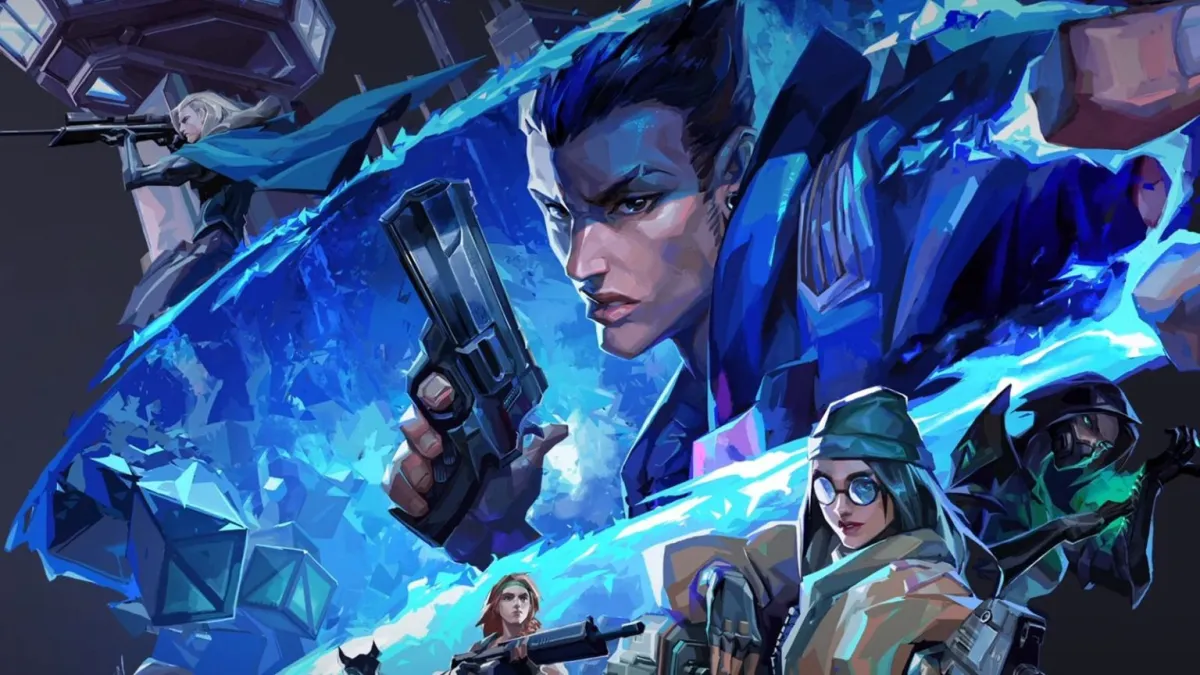

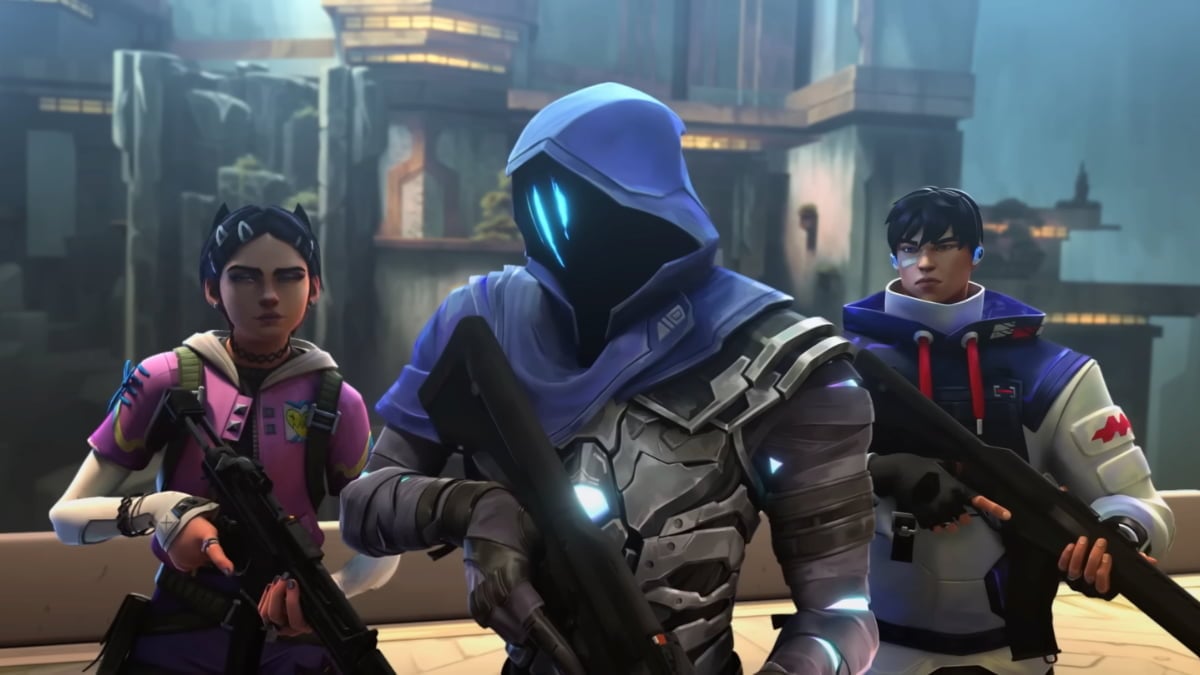


Published: Mar 14, 2022 06:37 pm